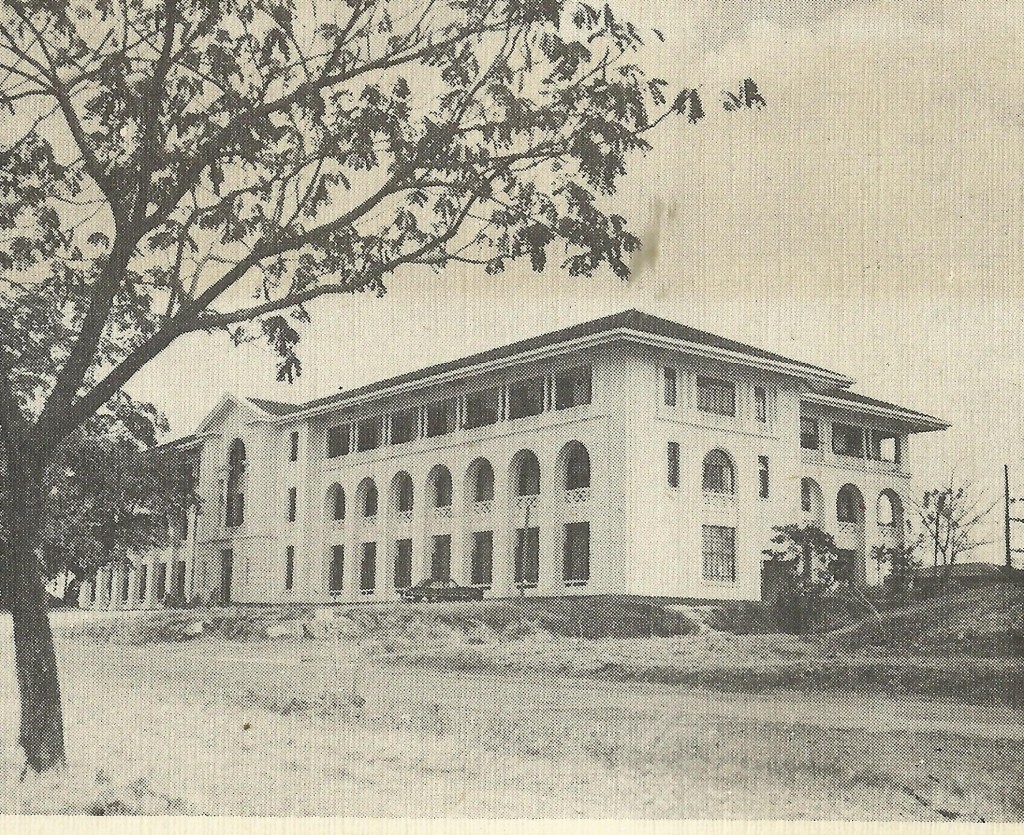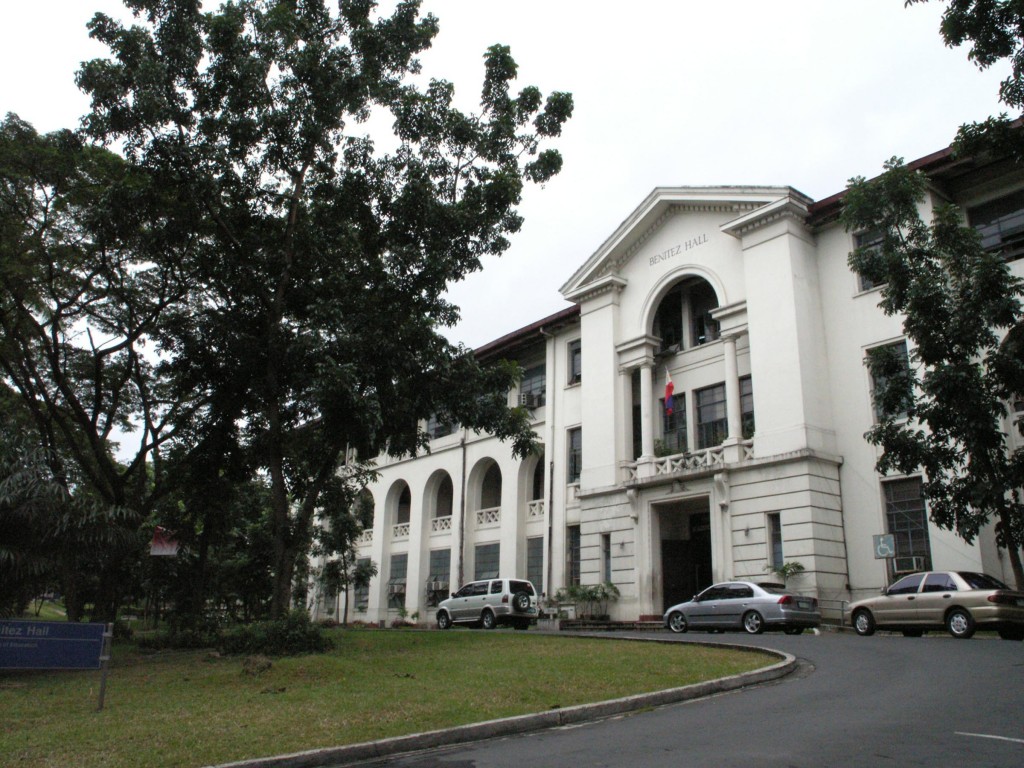About UPCED
It was on July 1, 1918 when the five-year old School of Education in the College of Liberal Arts of
the University of the Philippines was reorganized by the Board of Regents of the University into a
College of Education. The School of Education was created during the presidency of Dr. Murray Bartlett,
the first president of the University. In 1919, a four-year University High School was established as a
laboratory for practice teaching.
The period between 1934 to the outbreak of war saw many changes in the College curriculum
and other programs. The college closed at the outbreak of the war and re-opened on July 1, 1945.
Classes then were held in two rooms on a wing of the Philippine General Hospital. In 1947, courses
leading to the degrees of Master of Arts in Education and Master of Education were offered and in
January 1949, the College transferred to its present site in the Diliman campus.
Significant curricular changes and revisions were implemented in 1954. Foundation courses
were strengthened, and off-campus teaching was given more emphasis.
From 1959 to 1966, the College had begun to be called the Graduate College of Education
because of the markedly higher enrolment at the graduate level than at the undergraduate level.
The Department of Home Economics of the College became an Independent College in 1962.
Two years later, the Science Education Center was established in close collaboration with the Science
Teaching Department of the College. Despite the socio-political upheaval of the Marcos regime, the
College continued to stimulate educational innovations and movements that benefitted national
development thrusts. The merging of the UP Elementary School, UP Preparatory School, and the UP
High School with the UP Integrated School was one such initiative. This new school’s organization,
content, methodology, and orientation of basic education were designed to meet the emerging needs of
formal and non-formal instruction and differentiated staffing.
It was in the early 80’s when the College was designated as an Associated Center of the Asian
Programme of Educational Innovations for Development (APEID). Furthermore, the College became the
National Center for Drug Education, as well as the National Development Center (NADEC) attached to
the ASEAN Network of Development Education Centers. When the College reached its 70th year in 1988,
it had graduated almost 11,000 students.
From one undergraduate academic program in 1918, the Bachelor of Science in Education with
four major areas (English, Economics, History, and Mathematics, the College currently offers four
programs: Bachelor of Elementary Education (4 areas of concentration), Master of Arts in Education (22
major areas) and Doctor of Philosophy in Education (15 major areas). From nine courses offered, 95
years ago, the college now offers over 200 courses each school year.
Through the years, several UP Education graduates have taken on choice positions at every level
of public and private educational bureaucracy. Through the College of Education, the vision of the
University of the Philippines to provide the country with the best training for teachers in the basic
grades and with the most qualified leaders in the field has been realized and sustained.
Currently, the College is a Center of Training of the Department of Education and the
Commission of Higher Education and a home base to several professional organizations. It also has
expanded linkages with UNESCO, ASEAN, and other international organizations. The UP College of
Education continues to fill the country’s need for qualified teachers and teacher-leaders as it remains at
the forefront of teacher education.




